Reflection for Pilgrim Uniting Church, 4 June 2023
Praise of the beloved children
Fragrant offering of love,
gift of your own life,
Jesus, our Holy Christ, we thank you.Source of grace and kindness,
inspiration for our living,
Spirit, our Holy Breath, we praise you.Giver of life, and love, and all,
eternal forgiver, eternal home,
Creator, our Holy Parent, we adore you.And so we come, as we are,
children of the Divine, beloved,
to worship you with all we are.
Amen.
Sarah Agnew. Pray the Story
Trinity Sunday
Today is Trinity Sunday. The one festival on the Christian calendar dedicated to a doctrine, rather than part of the story of Jesus. A doctrine like the Trinity helps our understanding, our seeing, our making sense of our experience of the Divine; and yet, there is a risk that we celebrate the doctrine, rather than the Sacred Mystery into which the doctrine invites us.
Such a doctrine is a frame on a window that invites us to see through it, beyond it. Without the frame the view would be uncontained, and considering the view is the Divine, overwhelming. We humans cannot see Holy One fully, for we neither have the capacity of vision, nor the capability to receive the image.
I wonder if, with a doctrine such as the Trinity, the church hasn’t sometimes congratulated itself on its well-made frame, fancied it up with pretty curtains, painted it nice colours … so that we are distracted and look at the frame itself, our language, our ideas, our theology and doctrine as fabulous creations we’re oh, so proud of – rather than attending to what is through the window? These frames are not constructed to be looked at for themselves, but to invite, to allow us to see through them, to see beyond.
Icon not idol
In this way, the doctrine or idea of Trinity might be like the icons valued in the tradition of Eastern Orthodox Christian Spirituality. Icon writers depict saints, or Christ, or the Trinity even, in order that the viewer will look through the image, the icon, to see something of the Divine.
To understand the doctrine of Trinity as an icon is to understand the doctrine is not about or for itself, is not an end in itself, is not God in a box named Father, Son, Holy Spirit. Trinity emerges from and further develops attempts to name the experience of the Holy of the early followers of Christ whose experience differed from that of the Jewish community and Hebrew Scriptures. Trinity as a concept seeks to contain experiences that defied understanding, but needed to be explained within the new Christian community as it started defining itself, and communicating its sense of self to the world. That experience of the Sacred seemed three-fold: God as Dad (which is the best translation of Abba for today), in the words of Jesus; God as Advocate / Spirit / Friend, present with Jesus; and God as Wisdom or Word incarnate in the human person Jesus, understood to be the Messiah, the Christ.
More than one, more than three
It is helpful for us to now remember that this was part of articulating the distinctions between ancient Jewish and early Christian experiences, their different names for God, and between themselves as separating faith traditions. These distinctions are well established now and do not need such heavy, insistent drawing of lines in sand as were helpful in articulating new distinctions. Which is to say, we can hold on a little less tightly to such doctrines and ideas as Trinity now, than when they were part of the establishing of a new community’s identity.
Now that the distinctions are clear, and we are settled in our own identities as communities of faith, we are free to remember and celebrate a shared heritage of naming experiences of God in various ways: as Spirit, as Wisdom, as a mother hen, as a fierce protector, as covenant maker, as liberator, as source of life and justice and peace, as love. Trinity as icon helps us to see through a frame to the relational Holy One we experience – for God as love seems to contain within Themselves distinct elements or energies that enables the giving and receiving of love, a love that overflows. We may find it less helpful when all we look at is the frame itself, especially if that frame has become a rather static structure of Father, Son, Spirit.
And while we’re here, I will confess that I am becoming more and more dissatisfied with the way we use the name ‘God’ when we speak of the Trinity and the distinct three within the one. In creeds and songs and prayers we use the name ‘God’ to speak both of the Holy Three together, and the element of the Three we also call Father, Maker, Creator.
I find it clearer to only use ‘God’ for the Three together.
My concern is that to equate ‘God’ with only one ‘person’ of the Trinity creates the sense of a hierarchy within the Trinity. Such as :
God/Creator
Son and Spirit
or
God/Creator
Son
Spirit
rather than a circle, a whole, which is ‘God’ and within three distinct dynamic elements of Creator Wisdom Breath, to use names that transcend only the early Christian church’s Doctrine of Trinity.
Because the best of our theology would resist hierarchy. There is a mutuality between them, an equality, in the best of our images of God Three in One.
And we can look beside us now with confidence and welcome to our Jewish sisters and brothers and remember that the frames through which they look lead them to visions of the same God. We, too, have a variety of frames through which we look at the Sacred: we have our theological frames, and we have interfaith frames, philosophical frames, historical, scientific, artistic frames …
There are many ways to view the Divine, for the Holy is infinite, and we can never see the whole picture, we are not meant to, one human, even one group, alone. Just as we are the image of God as humanity collectively, our human picture and understanding of God is more complete as a collage of perspectives glimpsed through our different frames.
The Sacred is revealed in many ways, known in many ways, known only in part in any given moment. Trinity is but one attempt to create a frame to support our vision and our understanding. And I wonder if the frame, as with the Holy to which it directs our gaze, ought not be more dynamic than we have allowed it to be? Ought we not allow our language freedom to change, develop, dance, as we say the Trinity Themselves dance?
Invitation
The Doctrine of Trinity is an invitation to reflect on our experience of the Divine. I’d like us to accept that invitation, and to loosen up the frame a bit, reflecting on our experience of God, playing with the many names of God whose only self-given name is I AM. Our reflection moves now into something more of a meditation.
I invite you to close your eyes. Feel the seat beneath you and behind you; the floor under your feet. Move your attention to the people beside you and around you. You are here in this community, warm and safe: you belong. Take your attention to your breath, breathe deeply in … and out; become aware of your breath, the source of life moving in you, through you, around you.
If you want to focus on the image, open your eyes again and let them move around it as they will. But you may choose to reflect by listening with eyes closed, too. I’ll offer some names, and I will invite you to explore own naming of Holy One – the whole, the elements or energies. What names resonate for you as you gaze on the Divine today?
Holy One, Holy Three
so we name you
our ancestors gave expression
to their experience of you
as Father, Son, Holy Spirit
One God
Dad, Messiah, Companion
Three in one
Parent Christ Advocate
Divine LoveCreator Wisdom Breath
Source of Being
we shape a frame through which to guide our sight,
to prevent our becoming so overwhelmed that we
see nothing at all,
or turn away all together
God who so loves relationship that you are,
yourself,
community
Sacred Dance of Love
we look through the frame of Trinity,
the window of Three in One to see you moreSpirit – Mystery – Breath – Guide – Wind – Advocate – Liberator – Love – Justice – Friend – Peace – Companion – Holy – Love
Creator – Protector – Mother – Maker – Generator of Life – Peace – Father – Liberator – Voice – Parent – Justice – Love
Wisdom – Dancer – Word – Sophia – Architect – Christ – Liberator – Way – Justice – Light – Peace – Love
Holy One, Holy Three. Divine. Sacred. Love. Source of Being. Mystery and Mercy. Through our names for you we give voice to our knowing of you – and our unknowing –
Love – Justice – Peace. Our I AM.
Amen

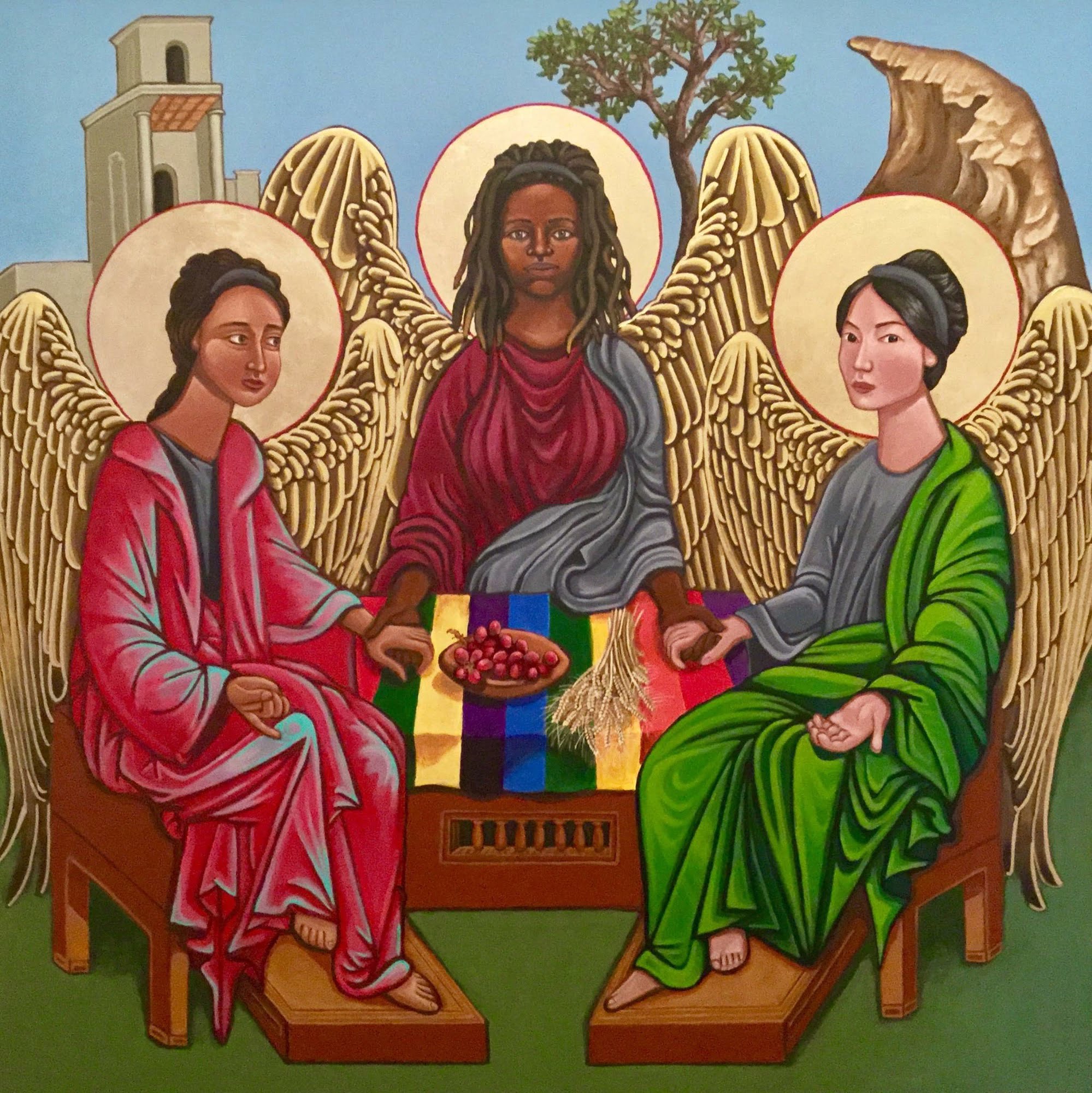
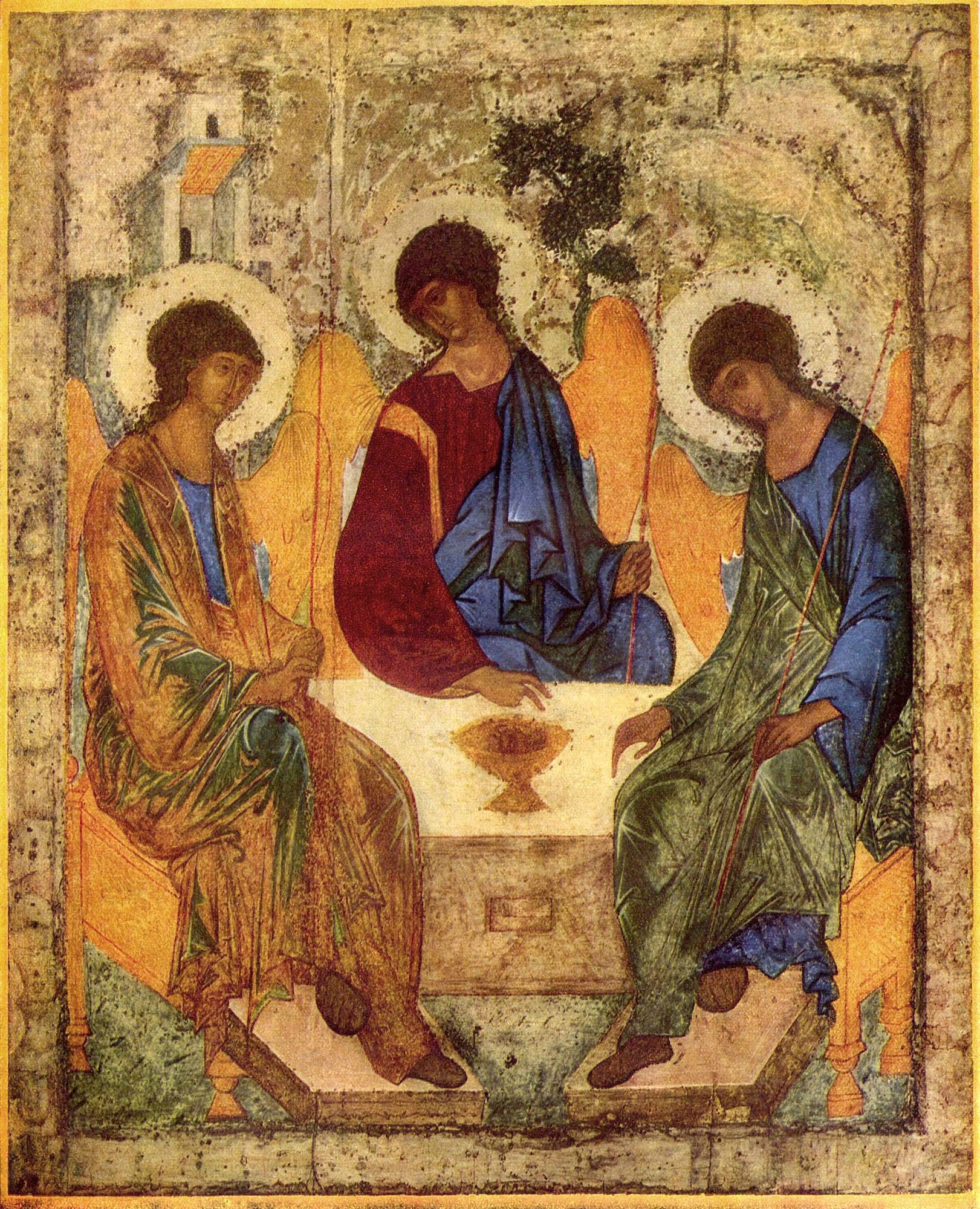
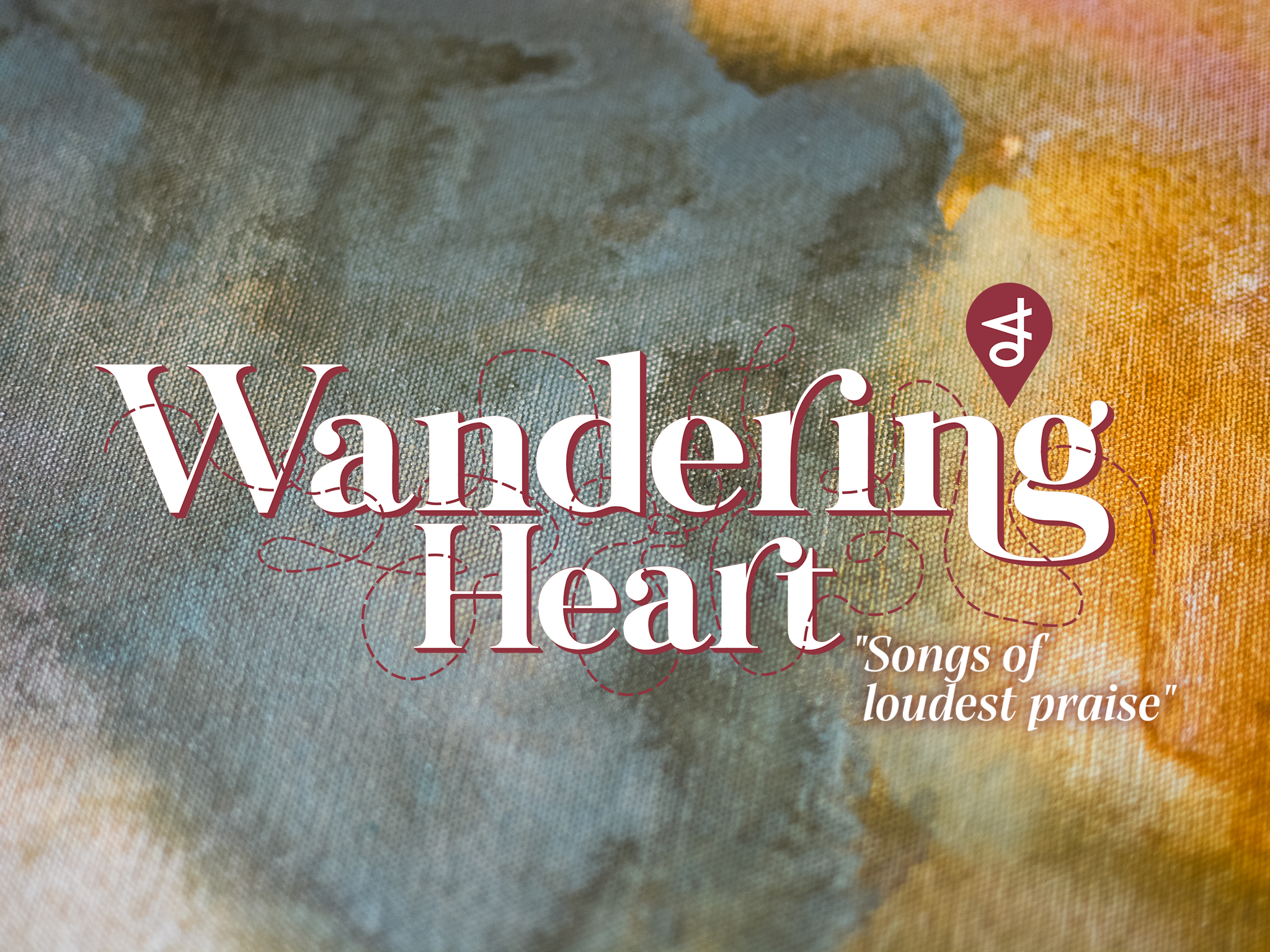
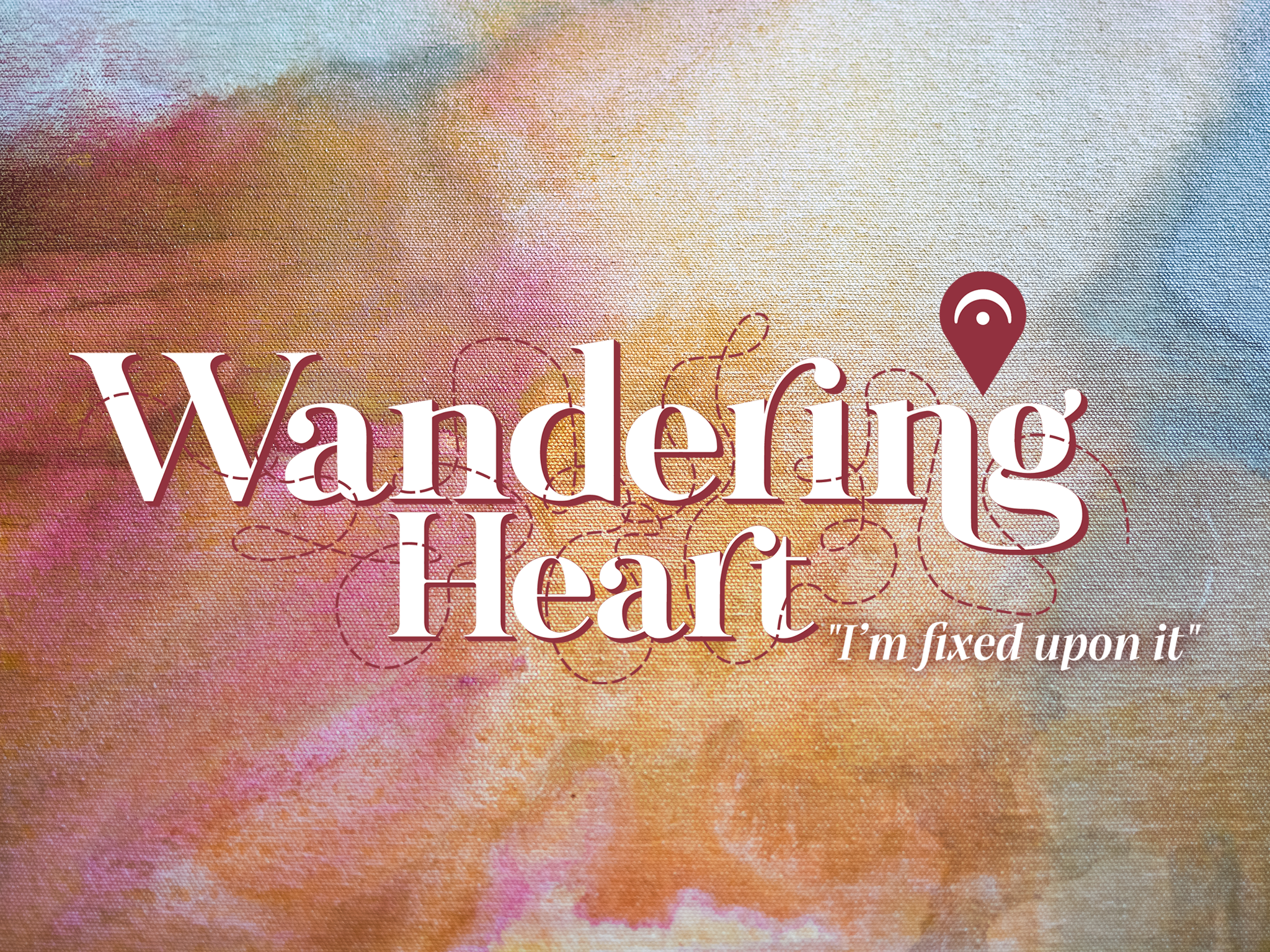
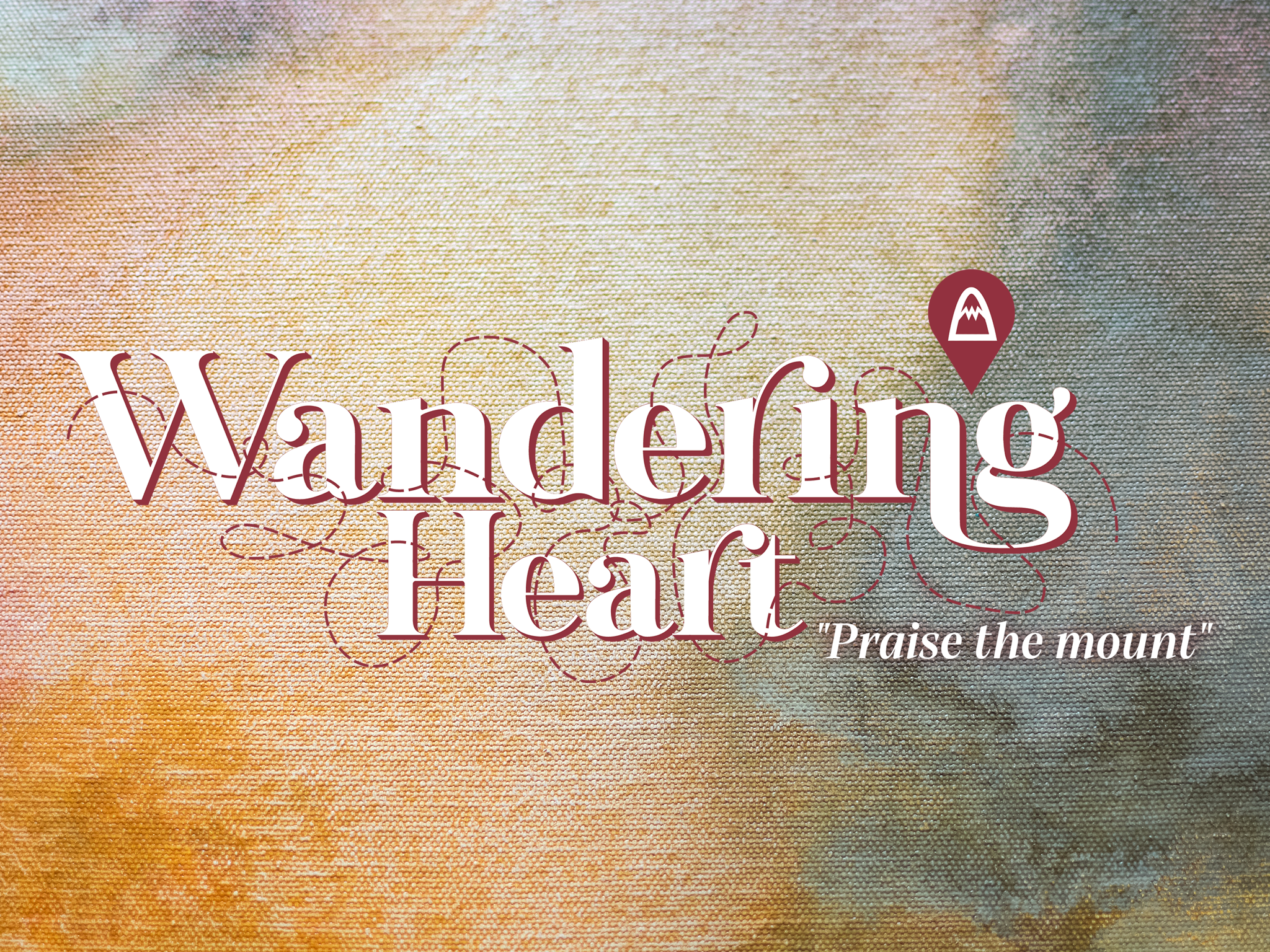
Leave A Comment